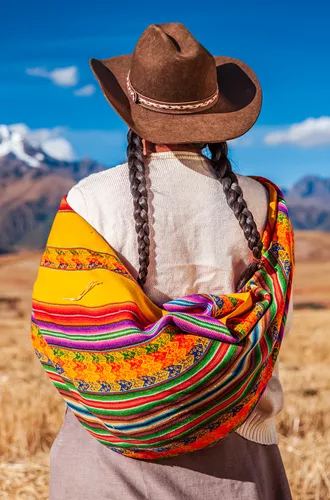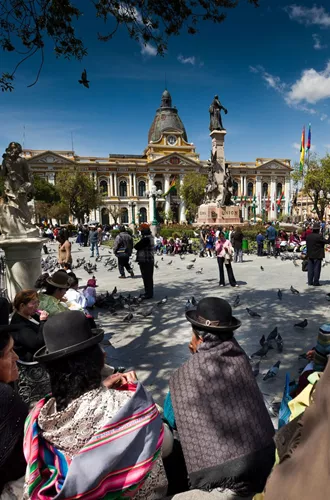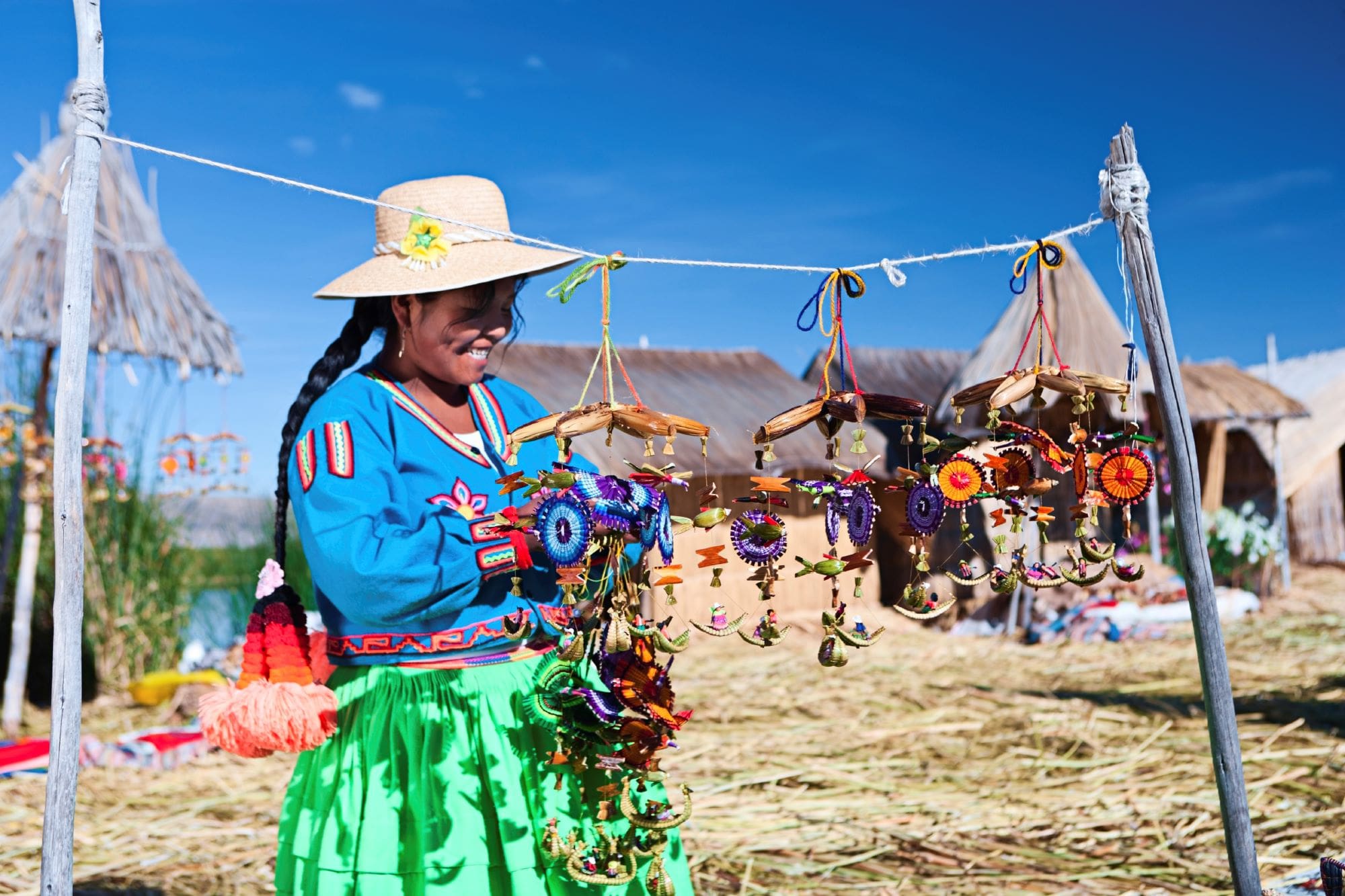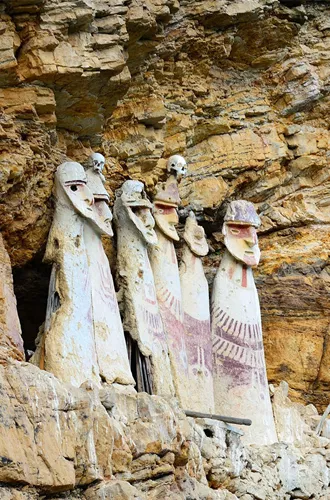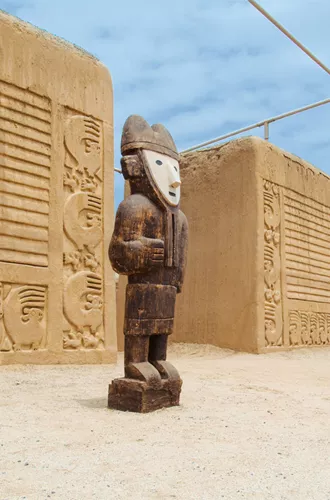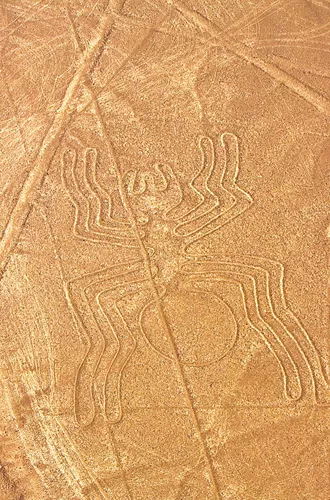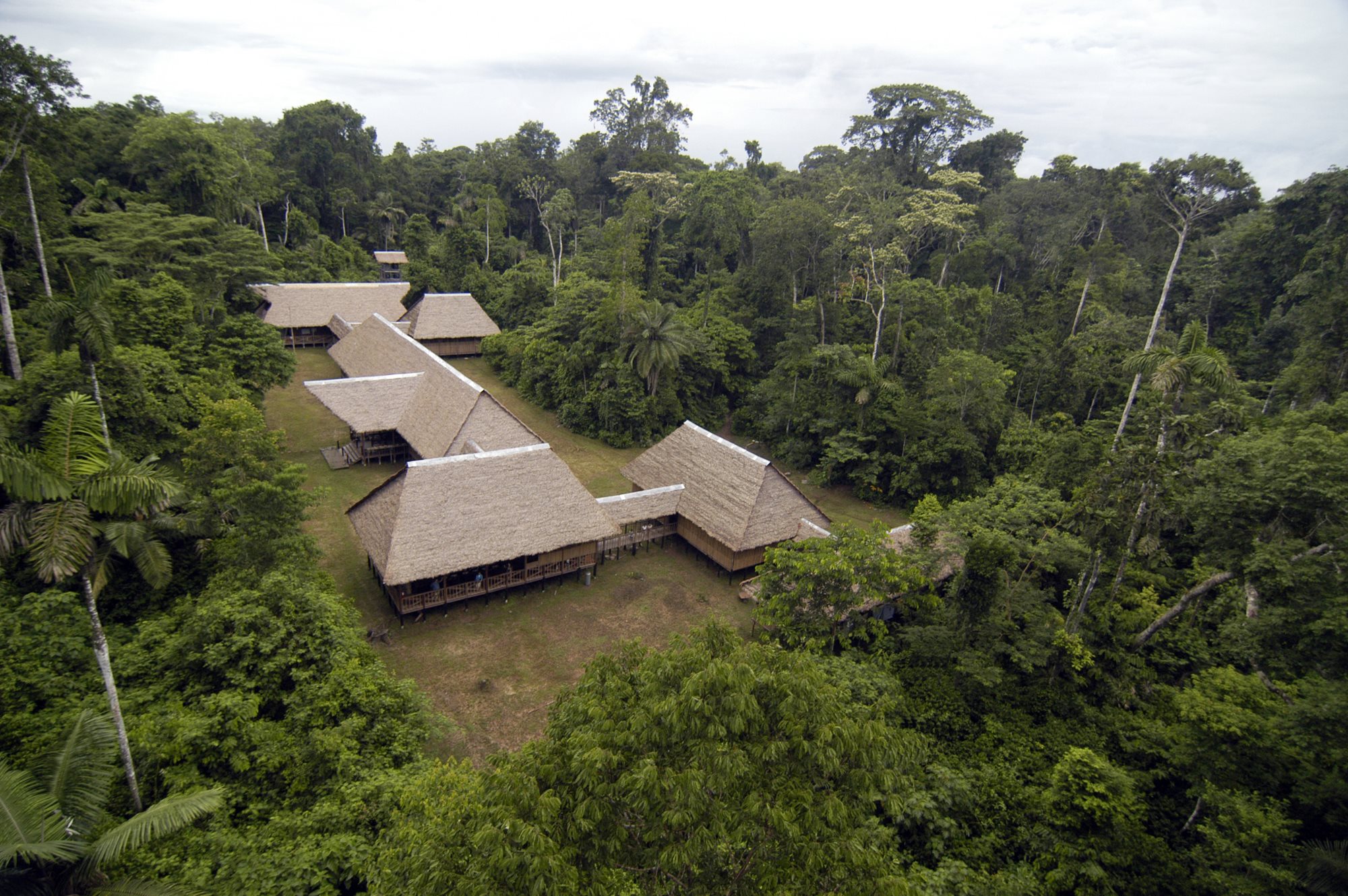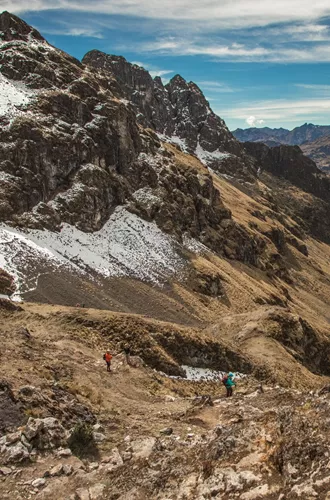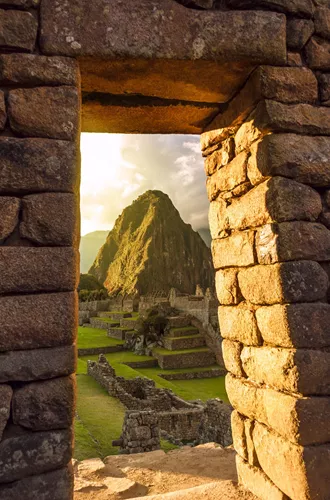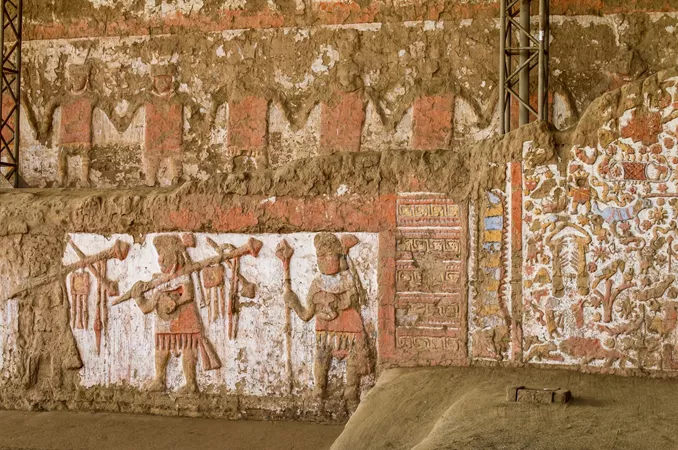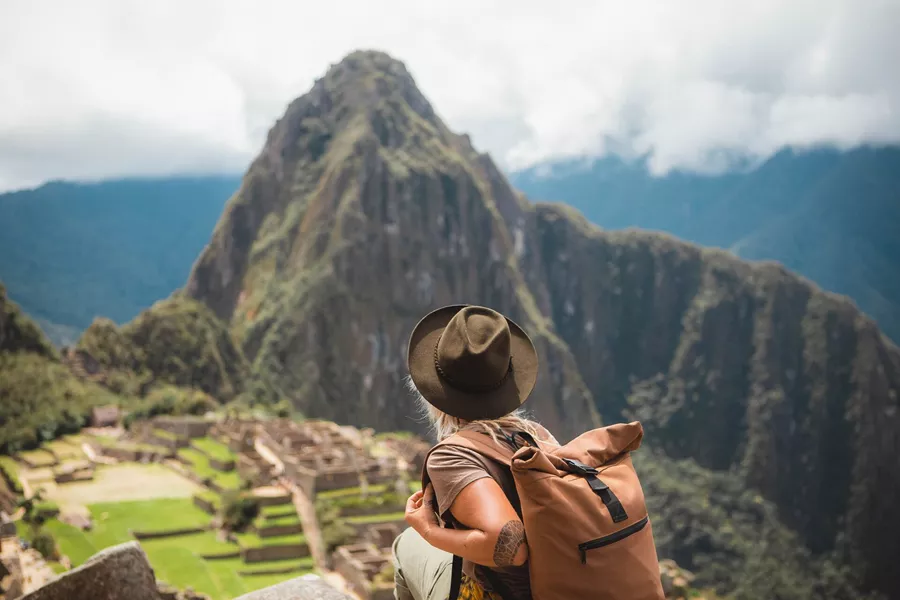Country Code for Country name: +51
Official Travel advice for Australians: Peru Travel Advice & Safety | Smartraveller
Official Travel advice for New Zealanders: Peru
Fire and rescue services: 116, Medical emergencies: 117, Police 105.
Australian Embassy, Lima
Avenida La Paz 1049, 10th Floor, Miraflores, Lima, 18, Peru
Phone: +51 1 630 0500
Email: consular.lima@dfat.gov.au
Australia has a Consulate headed by an Honorary Consul in Cusco. The Consulate provides limited consular assistance. It does not provide visa and immigration services, notarial services or issue passports.
Australian Consulate, Cusco
Calle Ruinas 477, Cusco, Peru
Phone: +51 0 84 259230
Email: tammy@australiacusco.com
New Zealand Embassy Santiago, Chile
Isidora Goyenechea 3000, 12th Floor, Las Condes, Santiago, Chile
Telephone: +56 2 2616 3000
Email: embajada@nzembassy.cl


